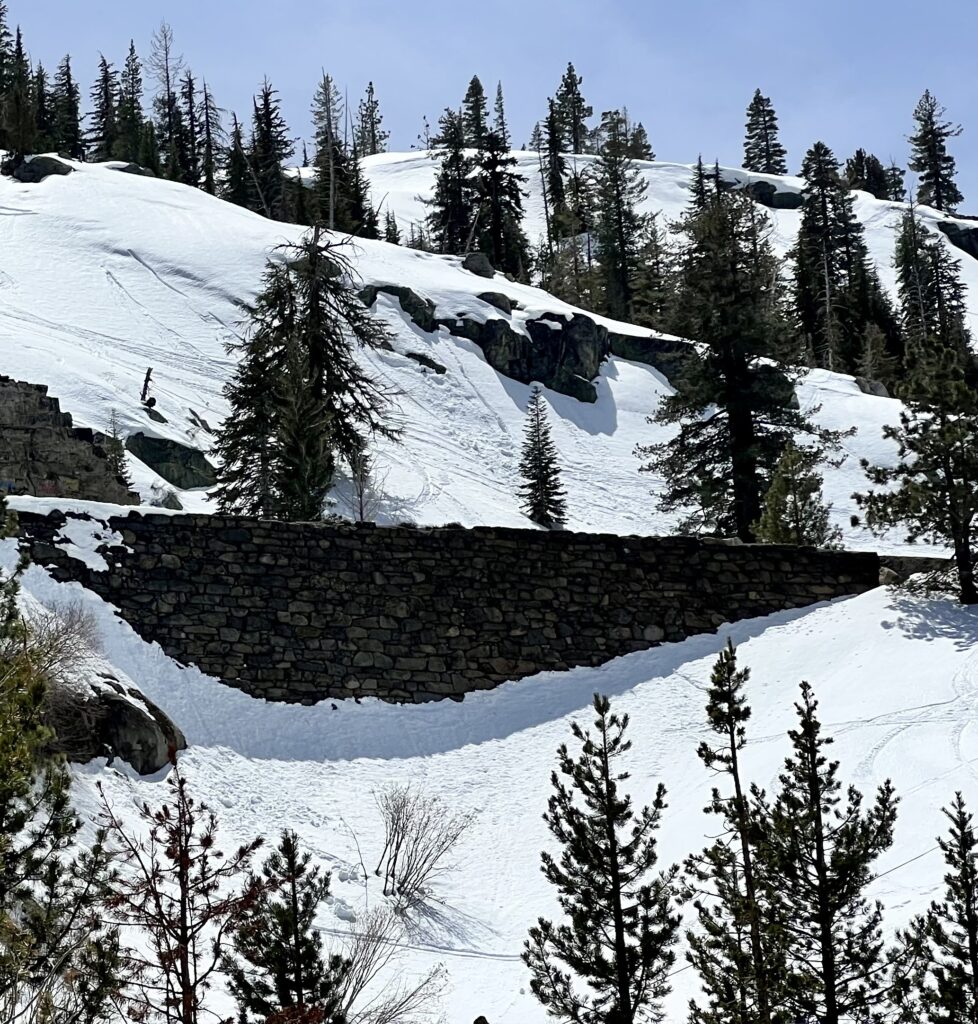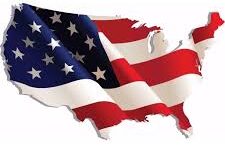Historical Background
The construction of the Transcontinental Railroad, was one of the most transformative projects in American history. Its completion had profound economic and cultural impacts, and united the country in a way never thought possible. Its construction reduced the travel time from New York to California, from 6 months, to just 7 days. Not only did it connect the United States from coast to coast, but it enabled the settlement of everything in between. Crops grown in the fertile farmland of the Midwest, could now be shipped to population centers in the East. Machinery and consumer goods, produced by the rapidly industrializing East, could now be shipped to markets in the West. This was the beginning of America’s development towards becoming an integrated national economy.
The idea of a railroad connecting the United States from east to west, had been discussed as early as the 1830’s, but it wasn’t until the 1850’s that it was seriously considered. In 1852 Congress authorized the Pacific Railroad Surveys, which explored potential routes for the railroad. The surveys were to be carried out by the Secretary of War, a post then held by future President of the Confederate States of America, Jefferson Davis. A northern, central, and southern route were surveyed. Jefferson Davis’ official report to Congress, deemed the southern route to be the most practical. The southern route was in fact the most practical, but political realities prevented it from being built.

It wasn’t until the outbreak of the Civil War, that construction of the Transcontinental Railroad became politically feasible. After the southern states seceded, Congress was dominated by representatives from northern states, which facilitated agreement on the route to be built. In 1862, President Lincoln signed the Pacific Railway Act, and the greatest infrastructure project of the 19th century was born. The Union Pacific would build west from Omaha, Nebraska, and the Central Pacific would build east from Sacramento, California.
Fun Fact: You probably know that Abraham Lincoln was a lawyer before becoming President, but did you know railroads were one of his specialties? By the 1850’s, Lincoln was established as one of the most prominent practitioners of railroad law in Illinois.

The toughest obstacle to building the Transcontinental Railroad, was crossing the Sierra Nevada mountains in California. Thousands of feet tall and made of solid granite, the Sierra Nevada were a monumental obstacle, which would require some incredible engineering to conquer. The Central Pacific would end up building 15 tunnels through the mountains, and they are unquestionably the most impressive piece of engineering along the line. The tunnels were carved through solid granite, primarily by Chinese immigrants, using nothing but hand tools and black powder.

Most of the original 15 tunnels built through the Sierra Nevada, are still used by the Union Pacific Railroad. In 1993, several of the tunnels were abandoned in favor of a slightly more efficient route. Despite being incredibly historic, they still sit abandoned, but for anyone interested, there’s nothing stopping you from exploring the tunnels. Located near historic Donner Pass, the Summit Tunnels are still owned by Union Pacific, but there seems to be an unofficial agreement that hiking through the tunnels is perfectly fine.
Visiting Donner Summit Tunnels
The Transcontinental Railroad is one of my favorite subjects, but even if you’re not interested in their historical significance, hiking through the Summit Tunnels is a really cool experience. The tunnels stretch for 2.25 miles, so it’s an easy day hike, and only takes a couple hours. If you’re a railroad fan, you can keep walking East after exiting the final tunnel, and you’ll run into the current Union Pacific line. Hang out for a little bit and you’re sure to see a few trains pass in and out of Tunnel #41, which bypassed the now abandoned Summit Tunnels.

Walking through the tunnels, it’s impossible not to marvel at their construction. It’s amazing that they could have built something like this using nothing but hand tools. Construction of the tunnels progressed very slowly, averaging 14 inches per day. Tunnel #6, which is the longest at 1659 feet, required a shaft to be drilled half way through, which allowed tunneling in 4 directions simultaneously. What’s amazing, is the fact that when the different drilling teams finally met, the tunnels were only off center by about an inch.
You would never know it’s there unless you were looking, but walk through Tunnel #6 with a flashlight, and you can look up and spot the drill shaft. The shaft is capped, so no sunlight illuminates it, which means most people hiking through the tunnels never see it. If that’s the case, it’s definitely a hidden gem within one of the most historic sites in the country. If you know the historical background, it’s pretty unbelievable that the tunnels haven’t been conferred with some kind of historic landmark designation. I’ve read stories that people are working to get the tunnels recognized, and I really hope they succeed.

Directions to Summit Tunnels
The Summit Tunnels are easily accessible via I-80 and Donner Pass Road. The Summit Tunnels are 45 minutes from Reno, 1.5 hours from Sacramento, and 3 hours from San Francisco. Getting there is really easy, but if you’ve never been inside the tunnels before, knowing where exactly to park can be tricky.
My preferred method is to park near the “China Wall”, and hike up to the tunnels. If you’re using Google Maps, use “Donner Pass Rd Parking Space” as your destination. Sounds pretty generic, but trust me it will get you there. This will take you to a small turnout with parking along Donner Pass Road, you’ll be looking directly at the “China Wall” above, so its pretty easy to orient yourself. I like this option specifically because you can see the “China Wall”. The other parking options take you directly into the tunnels, so you wouldn’t see “China Wall” unless you made a detour.

Parking option two, is to park near the entrance of Tunnel #6, which Google Maps has labeled as the “Historic Summit Tunnel”. You can either park at the Donner Ski Ranch across the street, or there is a dirt lot right next to the tunnel entrance. From here you can enter Tunnel #6 and its an easy hike through all of the Summit Tunnels. If you park near “China Wall”, note that Tunnel #6 will be on your right. My advice would be to hike through Tunnel #6 first, and then double back to continue on through the remaining tunnels. You don’t have to do Tunnel #6 first, but I highly recommend it, because it’s easily the most impressive of the tunnels.

As a final note, keep in mind that Donner Summit is one of the snowiest places on Earth, so hiking through the tunnels is best done during the Summer. For a cautionary tale of what can happen during the winter, check out the link below. Should be good for a few laughs at my expense.

Hiked the tunnels this past week, definitely worth the visit. I want to go back and do a more extensive hike, including a closeup look at the China Wall and the petroglyphs.
I’m definitely planning on going back next summer. Also want to take an Amtrak trip, see the tunnels that are still in use.